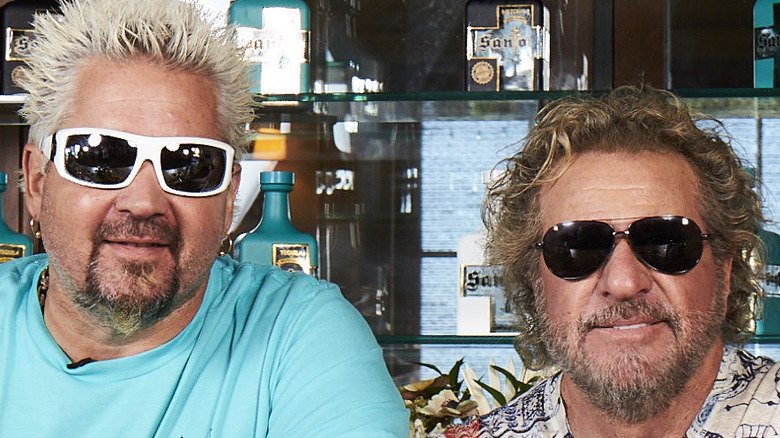Tether ditches commercial paper reserves for T-bills

Important takeaways
- Tether has shrunk its certificate holdings to zero.
- US Treasury bills now make up the majority of Tether’s reserves.
- So far, Tether’s increased transparency has not helped it dispel rumors about the state of its reserves.
Share this article
Tether has successfully shed its entire certificate holdings in favor of US Treasuries, which may now represent approximately 56.3% of the company’s total reserves.
“The safest reserves”
Tether has delivered on its promise to ditch commercial paper.
The leading stablecoin issuer announced today that it had eliminated commercial paper from its reserves and replaced the funds with US Treasury bonds. According to the company, the move was made in an effort to back its USDT tokens with “the safest reserves in the market.”
Tether’s plan to cut its certificate reserves was first announced in May. Since then, the company has consistently brought down its certificate reserves every two months, often several billion dollars at a time.
Stable coins are cryptocurrencies designed to remain at parity with a government-issued currency such as the US dollar or euro. Tether is the largest stablecoin issuer in the world; with a market cap of $68.3 billion, USDT is currently the third largest coin after BTC and ETH. Rival centralized stablecoins USDC and BUSD come in fourth and seventh, respectively, with market capitalizations of $45.6 billion and $21.6 billion.
Tether’s website at the moment indicates that almost 80% of the company’s reserves consist of cash equivalents and short-term deposits. Of these cash equivalents, 12.88% are in money market funds, 10.25% are bank deposits, 5.66% are in the form of reverse repurchase agreements and 0.75% are non-US Treasury bills. Meanwhile, US Treasuries make up 54.57% of Tether’s cash equivalents. The remaining 15.89% is attributable to certificates. When the website is updated to reflect Tether’s new reserve composition, the company’s US Treasuries could make up up to 70.46% of its cash equivalent reserves – or roughly 56.3% of its total reserves.
Does it matter?
Tether’s latest report is part of the stablecoin issuer’s ongoing efforts to increase transparency in proceedings after being hit by several waves of fear, doubt and uncertainty about the state of its reserves. Nicknamed the “Tether truthers” by the rest of the crypto industry, critics have repeatedly argued that the company’s size posed an existential threat to crypto and the wider financial system.
Concerns surrounding Tether have been difficult to allay. From 2017 to 2022, the company has had its reserves audited ten times by six different agencies, but this has done little to extinguish negative rumours. In August, Tether swore to go through a complete revision after an article i The Wall Street Journal criticized the company for not yet doing an “audit akin to a corporate colonoscopy.”
While USDT has already lost its $1 peg in the past, the token has always quickly regained its value, even in cases of high pressure. During the market turmoil caused by Terra’s implosion in May, Tether was able to redeem more than $8 billion worth of USDT without much trouble.
Will ever-increasing transparency and full audits be enough for Tether to dispel doubts about the state of its reserves? It has not so far, but one can hope.
Disclaimer: At the time of writing, the author of this piece owned BTC, ETH and several other cryptocurrencies.
























